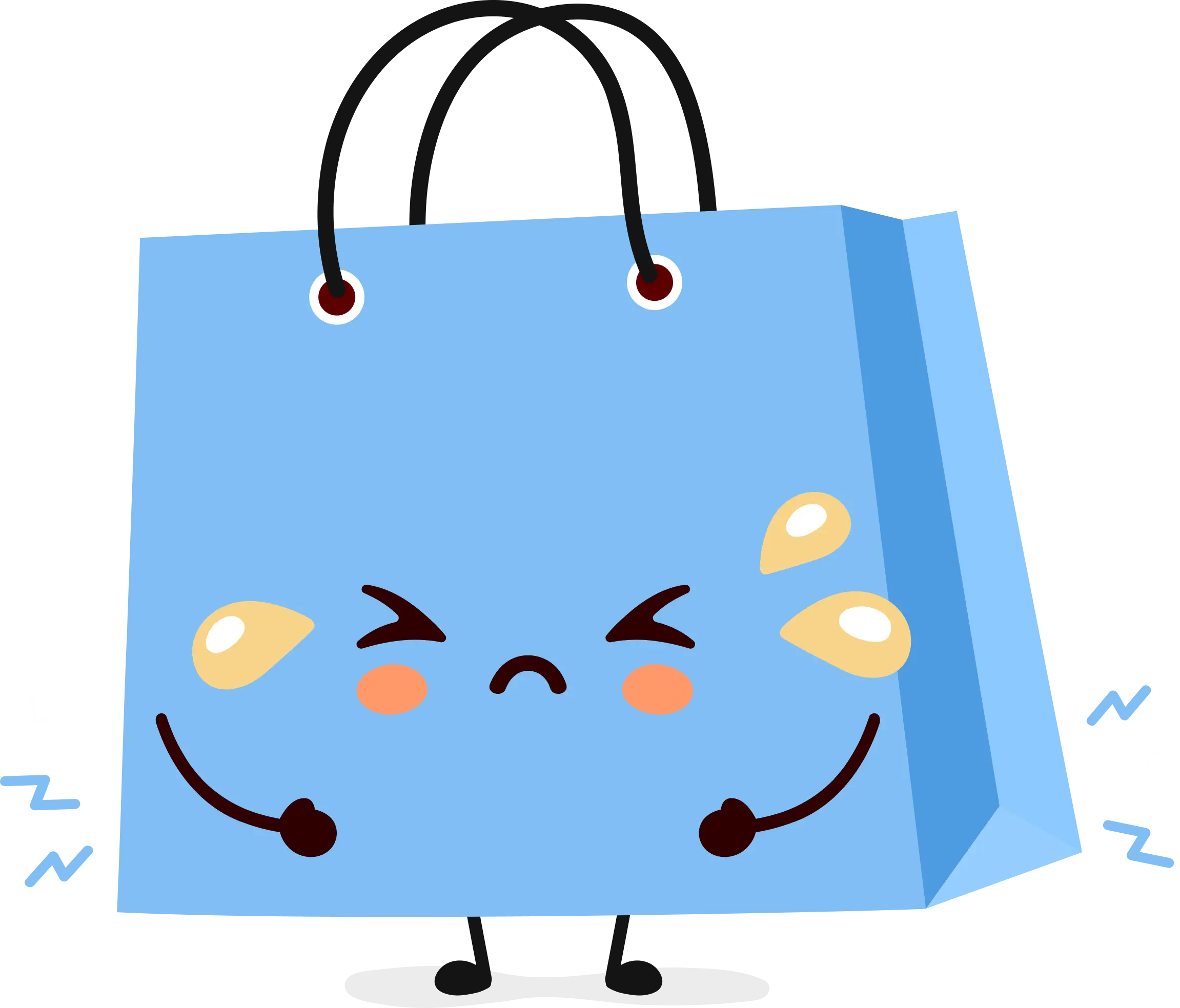-
Posted by : Books Mantra
Children's hybrid Book Publisher

The world of children’s publishing is undergoing a remarkable transformation, and at the heart of this change is the emergence of hybrid book publishing. These innovative books seamlessly blend traditional print elements with interactive digital features to create engaging and immersive reading experiences for young readers. In this blog post, we’ll explore what children’s hybrid book publishing is all about and why it’s gaining popularity.
What is Hybrid Book Publishing?
Hybrid book publishing refers to the creation of books that combine traditional print components, such as illustrations and text, with interactive digital elements. These digital elements can include animations, augmented reality (AR), sound effects, videos, and interactive games. The goal is to enhance the reading experience and captivate young readers in a multimedia-rich environment.
The Rise of Hybrid Books
Several factors have contributed to the rise of hybrid books in children’s publishing:
1. Technological Advancements:
The proliferation of smartphones and tablets has made digital content more accessible to children. Publishers are leveraging these devices to create engaging multimedia experiences.
2. Changing Reading Habits:
Children are growing up in a digital age, and many are naturally drawn to interactive digital content. Hybrid books cater to their preferences while still promoting literacy.
3. Educational Benefits:
Hybrid books can offer valuable educational opportunities, such as language development, problem-solving skills, and critical thinking, through interactive features.
Key Features of Children’s Hybrid Books
Interactive Elements: These books often feature touch-activated animations, clickable elements, or AR experiences that respond to a reader’s interaction.
Multimedia Integration: They seamlessly integrate multimedia components like audio, video, and interactive games to enhance the storytelling.
Engaging Storytelling: Hybrid books prioritize engaging narratives that work in harmony with the digital enhancements, ensuring the story remains the central focus.
Educational Value: Many hybrid books are designed with educational objectives in mind, making learning fun and interactive.
Benefits of Hybrid Books for Young Readers
Improved Engagement: Interactive elements keep young readers engaged, making them more likely to stay immersed in the story.
Enhanced Learning: Interactive features can reinforce reading comprehension and critical thinking skills.
Multi-Sensory Experience: Combining visual, auditory, and tactile elements creates a holistic reading experience.
Appealing to Tech-Savvy Kids: These books resonate with children who are accustomed to digital devices and screens.
Leading Publishers in Children’s Hybrid Books
Several publishers are at the forefront of the hybrid book movement, offering a range of captivating titles for young readers. Some noteworthy names include:
Wonderbly: Known for personalized interactive books that feature the child’s name and characteristics in the story.
Nosy Crow: Publishers of the “Fairy Tales” app series that reimagines classic tales with interactive features.
Lerner Publishing Group: Offers interactive e-books that engage young readers with animations and audio.
National Geographic Kids: Provides interactive books with videos, games, and quizzes that educate while entertaining.
Closing Thoughts
As technology continues to evolve and shape the way we consume content, children’s hybrid book publishing represents an exciting frontier in the world of children’s literature. These books not only foster a love for reading but also harness the power of digital innovation to make learning a captivating adventure for young minds. So, if you’re a parent or educator looking to engage tech-savvy kids in the joy of reading, keep an eye out for the latest offerings in the world of children’s hybrid books.
- Tags:
- Blog

